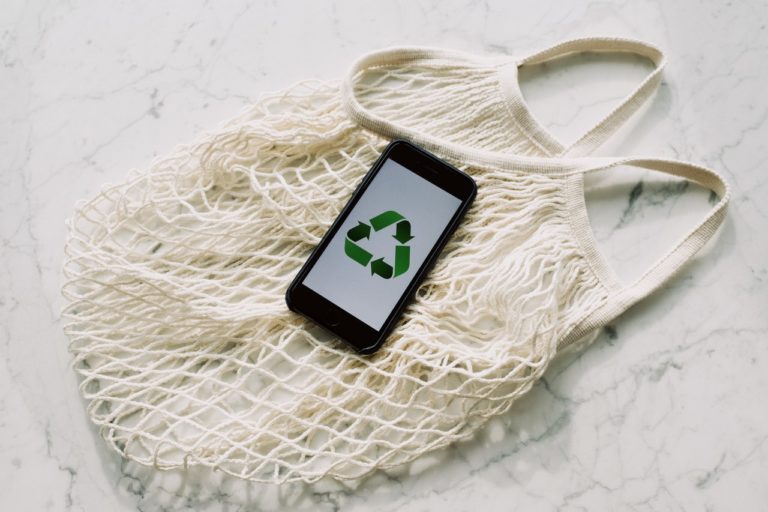BUSINESS & EDUCATION
Insights Into Waste Management in Australia

WORDS: PHOTOGRAPHY
With over 48 million tonnes of waste being generated in Australia each year, the country continues to be among the largest waste producers in the world. And while waste reduction is a hot topic at the moment, urging citizens to make more responsible choices, the country does have a robust infrastructure in place to handle current waste volumes and streams. With that in mind, here are some valuable insights into the entire waste management process in Australia:
Waste flows
The waste management process is fairly similar across the country. Local councils are generally responsible for the collection and transfer of waste. They either use their own vehicles or contractors for picking up waste and moving it to drop off points. Sorting, processing, and disposal of materials are typically done in dedicated facilities. Recovered resource materials such as plastics, paper, cardboard, and metal are often traded domestically or even sold on international markets. Some recyclable materials are processed in Australia, but any waste that can’t be recovered is then sent to the landfill.
Transfer stations
Representing consolidation points in the process of waste management logistics, transfer stations are facilities where the gathered waste can be compacted, aggregated, and loaded onto special purpose vehicles for transportation to disposal sites. Australia currently has over 850 operational transfer stations, which differ in scale and complexity. Smaller facilities are usually established in more remote areas, allowing local communities to consolidate their waste for bulk collection, while larger facilities are located in bigger cities, and are used for ramming and compressing waste loads into vehicles for maximizing the efficiency of transport.
Equipment
During the waste management process, various equipment is used to ensure streamlined procedures. Waste collectors use special waste collection vehicles to gather waste containers and recycling bins before loading them into waste transfer facilities. In those facilities, different equipment is used for treating waste depending on its type and intended purpose. For example, an industrial granulator is one of the most important machines. It is used for grinding scrap parts and melting delivery systems for reprocessing, helping with sizing and volume reduction of a number of different materials. Once the materials are processed into more manageable pieces, recycling and disposal are much simpler processes.
Resource recovery
Resource recovery facilities are typically planned for sorting and processing discarded material through a wide array of thermal, mechanical, and biological technologies. Investments in resource recovery solutions have significantly increased over the last few years, so much so that around 60% of the generated waste is now recovered and recycled in Australia. The most common forms of resource recovery here include recycling facilities, material recovery facilities, thermal waste technologies, alternative waste treatment facilities, and garden organics processing facilities.
Landfills
The waste infrastructure in Australia is dominated by landfills, which receive approximately 40% of the waste produced in this country. They represent the most common solution for mixed waste, mostly due to their availability, the high capacity of facilities, and the often lower cost of landfills compared with other recovery options. Australia currently has over 1100 landfills that receive about 20 million tonnes of trash per year. While landfills can drastically vary in size and the type of waste they collect, most landfill operators tend to undertake certain pre-disposal recovery activities. This is especially true when it comes to construction and demolition waste sorting and recycling, the collection of household recyclable materials, and garden organics composting.
Australia’s waste management infrastructure is efficient, but it is far from perfect. More attention needs to be paid to reducing waste, recycling more, and minimizing the use of landfills in an effort to foster a cleaner and healthier environment.










